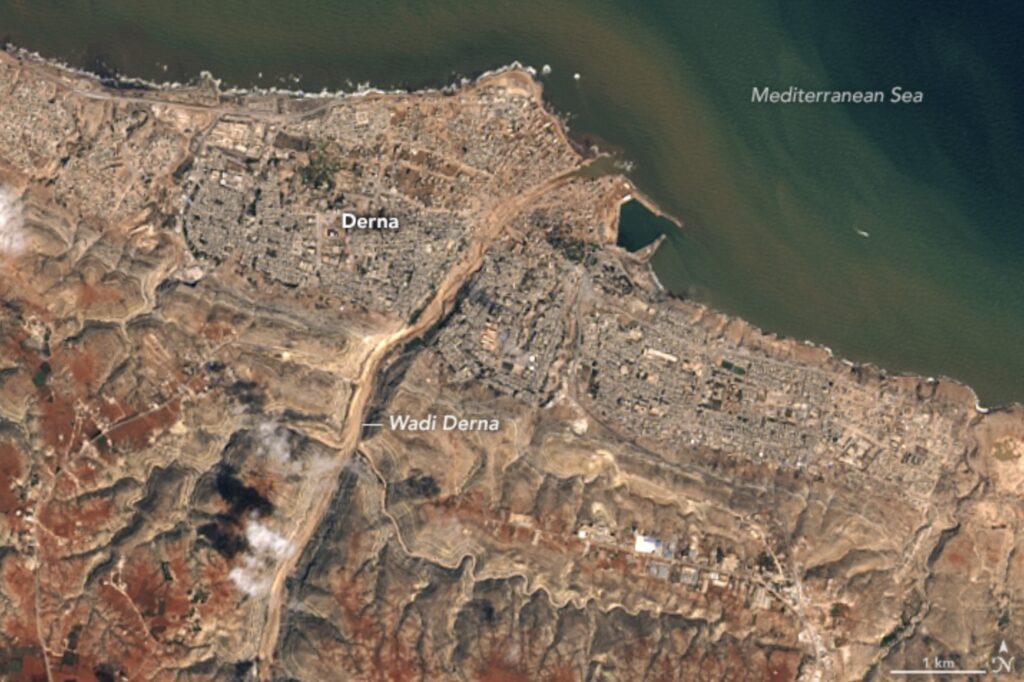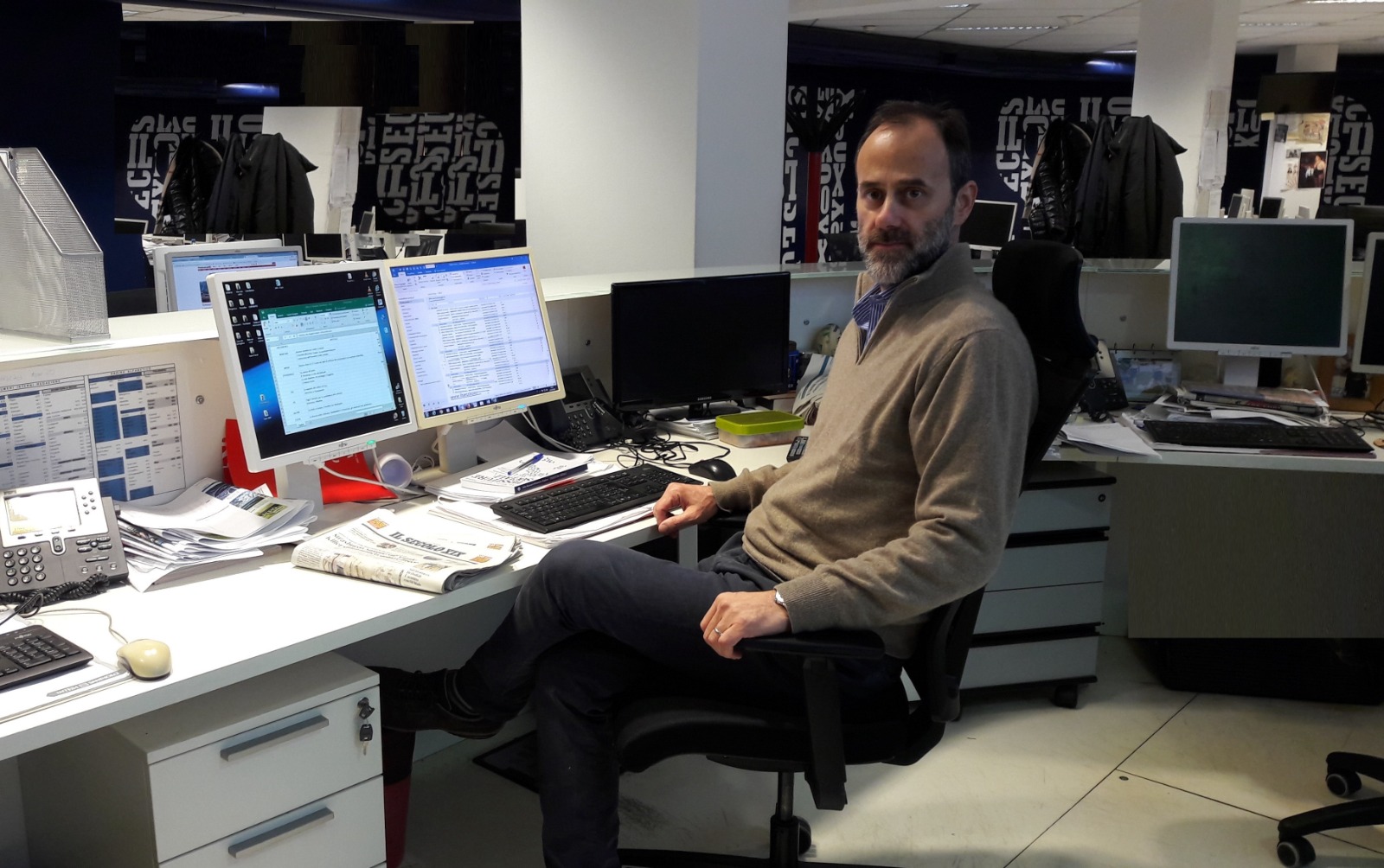(PORTLAND) — “If people had listened about 10 or 11 years ago… then this wouldn’t have happened.” Derna local Muhammad Elalwany documents his hometown laid bare in a video by The New York Times titled “Libyan Photographer Confronts Loss in His Devastated City.” Released September 18th, this coverage exemplifies advocacy journalism by implicating the government in the humanitarian catastrophe that killed over 20,000 people.
This compelling visual narrative not only showcases the ruins left behind after flooding but also acts as a vehicle for Elalwany’s assertion of government negligence. Libya’s past decade has been marred by political instability and continuous internal strife, leading to failing infrastructural necessities. The video demands accountability from corrupt power structures by documenting their failures.
Ultimately, advocacy journalism’s power lies in its ability to shape public discourse. The New York Times succeeded at just that, reaching over 82,000 views on YouTube in just three weeks. The public was receptive to its claim that “despite repeated warnings and calls for maintenance, successive Libyan governments failed to address… deteriorating conditions” concerning the two different dams that failed, causing the unprecedented floods.
One viewer, @Mudhah1972, echoed the sentiments of the coverage, commenting, “What’s almost as devastating as the lives lost is learning that it was preventable if only the government had done their job.” This is one small sample of a like-minded comment section, demonstrating that the New York Times was effective in swaying the court of public opinion.
In my eyes, this piece of journalism doesn’t violate my interpretation of journalism ethics whatsoever. Rather, it does just what I think good journalism should: advocate for and elevate the voices of the voiceless. Though one could argue that there was no coverage on the leadership’s side of the story, I believe it is irrelevant. When it comes to the death of innocent people, nothing will ever excuse what happened.
While advocacy journalism might blur the lines between objectivity and subjectivity, a facade of neutrality is just an excuse to be complicit in the case of such grave injustices. In cases like Derna, where the tragedy was preventable, journalists not only can but should advocate for the victims. The New York Times, in giving voice to Elalwany and the aggrieved citizens of Derna, champions this ethos.
Elalwany’s haunting remark, “I know the people who live here… I know their faces. And now I’m seeing the pictures I took in their obituaries,” reiterates the profound personal loss faced by his community. His advocacy, supported by The New York Times, ensures generations will know the government’s role in the loss of their city.
This piece of advocacy journalism shows us that when executed judiciously, it can serve as a powerful tool to unveil neglected narratives and drive societal change. The collaboration between The New York Times and Elalwany is a testament to the potential of advocacy journalism to hold people in power accountable and mobilize public sentiment for justice.


